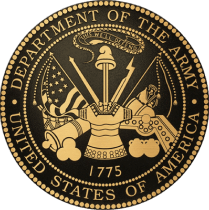
Veterans Network
972nd Military Police Company211th Military Police Battalion
972nd Military Police Company, 211th Military Police Battalion
If You Served In This Unit,
Reconnect With Your Service Friends Today